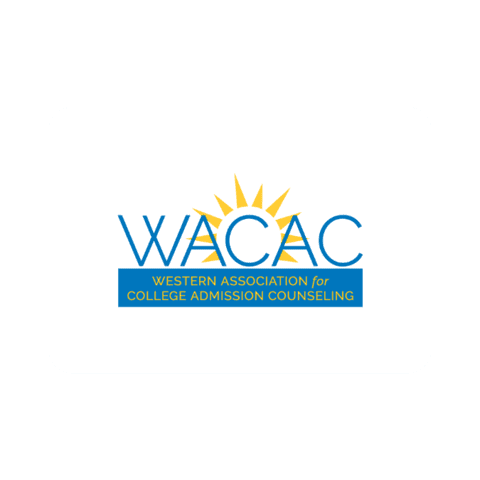You’ve had your first-choice college picked out since you were in kindergarten, so naturally you applied for Early Decision in November. And then in December, you get a letter that your Early Decision application was…deferred. Should you kiss your dream school goodbye? Being deferred can be discouraging and confusing. Nonetheless, with good information, objective counseling, and an active strategy, you can turn this into an opportunity.
Check the Admissions Stats
An early acceptance is a positive end to your waiting. However, you could receive early disappointment, too; most schools will reject a certain percentage of Early Decision applicants. For example, in a given year, Harvard might accept 14% of early applicants, reject 9%, and defer 77%. When you get a deferral from these types of schools, you know that you dodged the axe on the first go-round. Your application hasn’t been denied outright.
Keep in mind that a few schools, such as Georgetown University, do not reject Early Decision candidates. All students who are not accepted are automatically deferred to the general application pool – even those with no chance.
You may believe that Early Decision gives you an advantage. While colleges do generally accept a higher percentage of Early Decision applicants than they do Regular Decision, but those candidates are typically better qualified than the regular pool.
You’re Still in the Game
What is a deferred decision, anyway? It means that you have been evaluated for an early acceptance, and the admissions committee has decided that you should be relegated to the regular pool of candidates. If you were hoping to be accepted in early December, this can feel like a sentence to four months in college purgatory.
A deferred application can be particularly discouraging because it is so ambiguous. The admissions committee will never tell you why you were deferred. This is tough when you’ve invested so much in one school. However, the good news is that your application is still in the running!
Now is a good time to see how you stack up against other applicants at your first-choice school by taking the Empowerly Quiz. You simply enter the information for your application (test scores, extracurriculars, essays, etc.) and this data-driven tool evaluates weighted criteria to give you a candidate competitiveness score (your Empowerly Score). The comprehensive combination of quantitative and qualitative feedback can help target any weak spots in your application.
What’s My Next Move?
A deferral is an opportunity. Regular applicants just get flat-out rejections. You, as an Early Decision applicant, get another shot at your first-choice school.
It’s time to adopt an active strategy to turn your deferral into an acceptance. If you haven’t already, set up your free 30-minute consultation with Empowerly. You can get detailed, personalized feedback and an application success plan from a team of experienced college counselors that will help you turn your deferral into an acceptance.
Unless the college admissions committee specifically prohibits it, you should immediately write a letter re-affirming your commitment to your first-choice school within a week of receiving your deferral notice. You can find a suggested template for your letter in this article.
Some schools expressly prohibit you from adding to your deferred application. Keep in mind that you can still update your general application with your first-semester GPA. Also, if you take the December SAT, you can add your new score, as well.
Boost Your Application
If you’re allowed to submit additional letters of recommendation, this is one of the best ways to boost your candidacy. Check out Empowerly’s guide to letters of recommendation.
You may also be permitted to update your file with your latest awards, videos of sporting events, newspaper articles, etc. Don’t miss this opportunity. You should submit new materials that build on the accomplishments laid out in your early application, as well as distinguish any of your recent activities.
Before Applying for Early Decision
You can only apply to one college for Early Decision, and you have to commit to enroll if you are accepted. (This should not be confused with “Early Action”, which refers to a non-binding early application.)
Early Decision often leads to a laser focus on your first-choice school. One college admissions officer describes this as the “first-choice college trap.” When all of your bandwidth is focused on one application, you may overlook just how many amazing opportunities you have.
You need to meet with your high school counselor. They are required to sign any Early Decision application to confirm that you are only applying to one school. Not to mention, they can help gauge your chances.
Don’t limit yourself to your college counselor’s opinion. You can get detailed, personalized feedback and an application success plan from a whole team of experienced college counselors at Empowerly. You can also attend workshops to fine-tune your application through Empowerly-partnered community organizations.
Maximize Your Chances
Early Decision is not always the best strategy – even with your first-choice college. Talk to a professional counselor who knows the ins-and-outs of early application. You can get started by scheduling a free 30-minute consultation with Empowerly.


